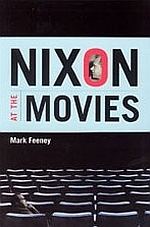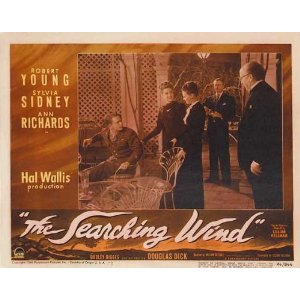Top Five or Ten: Night of the Living Nixon

We couldn’t help but notice a late-arriving review from last week’s NYT‘s Paper Cuts blog celebrating the coming of the newly leaked video game Call of Duty: Black Ops, which features a truly bipartisan dream team (largely resurrected from the dead)—John F. Kennedy, Robert McNamara, Fidel Castro, and yes, Richard Nixon—fending off the zombie apocalypse.
Jennifer Schuessler (bless her!) took this fairly brilliant opportunity to pay homage to one of our very favorite Chicago titles, Mark Feeney’s Nixon at the Movies: A Book about Belief. As Schuessler notes, Nixon was voted to the White House the same year as the debut of George Romero’s classic Night of the Living Dead. Coincidence? Oh, who really knows about these things. But one thing we do know is that Nixon probably didn’t watch the film—at least, not cuddled up at home with Pat, arm protectively slung over a visiting Julie. How do we know, you ask? Thanks in part to the knockout Appendix (available on the book’s UCP site here) that accompanies Feeney’s masterful tome, culled from the pages of the Secret Service’s Daily Diary, which records the cinephile former president’s almost daily film consumption, from his 1969 inauguration through his resignation in 1974.
In addition to charting the personal relationship of Mr. Checkers and the cinema (again, coincidence!: they both arrived in Southern California in 1913), Nixon at the Movies takes a revelatory approach to looking at Nixon’s career—and Hollywood’s. Arguing that Nixon can help us see the movies in a new light, the book draws on biography, politics, cultural history, and film criticism to show just how deeply in the twentieth-century American grain lies the pair of seemingly incongruous nouns in its title. Okay, okay: we’re practically bursting: TOP FIVE OR TEN! TOP FIVE OR TEN!
Without further hesitation, we present the latest Top Five or Ten: What was Richard Nixon watching when he probably should have been preoccupied with other concerns?
June 28, 1969: the Stonewall riots in New York City help to launch the modern movement for lesbian and gay rights
Richard Nixon is watching John Wayne’s Academy Award-winning star turn as U.S. Marshall Rooster Cogburn in True Grit (!)
**
August 15-18, 1969: the Woodstock Music and Art Fair (“An Aquarian Exposition”) is held in upstate New York
Richard Nixon anticipates the event with a peaceful double feature spread over the course of two nights: The Dirty Dozen and Their Finest Hour
**
June 17, 1972: Watergate break-in! Five White House operatives are arrested at the Democratic National Committee headquarters!
NIXON IS WATCHING THE NOTORIOUS LANDLADY! (Blake Edwards screenwriting credit, by the way)
**
May 17, 1973: televised hearings of the Watergate scandal begin in the United States
Nixon is, of course, watching The Searchers (he has a thing for John Wayne, naturally)
**
October 20, 1973: the Saturday Night Massacre, in which Nixon tries to fire Watergate Special Prosecutor Archibald Cox via Attorney General Elliot Richardson; several resign and calls for Nixon’s impeachment grow more vocal
Nixon watches William Dieterle’s The Searching Wind (penned by Lillian Hellman), the story of a diplomat faced with difficult choices during Mussolini’s rise and the story he must tell decades later. . . .
**
Queue exit music, in which Richard Nixon plays his own composition, set to concerto form with “15 Democratic violinists” (and a dig at Harry Truman!):


